Market research firm YouGov (UK) surveyed 2,500 people aged 18-40 in Indonesia, Malaysia, the Philippines, Thailand and Vietnam under the sponsorship of smartphone brand Poco. More than three-quarters of the participants said they prefer mid-range phones.
Nearly eight in 10 people say they are more confident with mid-range phones than they were five years ago because they strike a balance between price and performance, meeting user needs without unnecessary features.

Poco – a brand spun off from Xiaomi in 2020 – is trying to win over young customers in Southeast Asia with good devices in this price range, such as the Poco M3 Pro 5G, sold in Indonesia from 2,399,000 rupiah (over 3.7 million VND). The device supports 5G connectivity, dual SIM slots, and screen refresh rate based on displayed content to save battery.
A YouGov survey found that young Southeast Asian consumers primarily use their mobile devices for entertainment, with 80% admitting they buy their phones to watch videos and 60% to play games. More than half of respondents said they shop online at least a few times a week.
Overall, Gen Z (born between 1997 and 2012) spends more time on their phones than Millennials (born between 1981 and 1996). For example, Gen Z spends an average of 10 hours on social media, compared to 7.7 hours for Millennials.
According to Jenny Armshaw-Heak, Director of YouGov, the Covid-19 pandemic has increased the demand for entertainment on smartphones, thereby raising users' expectations for device specifications. They care about utility, storage capacity, performance, speed, features - things that enhance the overall experience, especially gaming.
According to research firm Canalys, the Southeast Asian smartphone market was led by Samsung with a 27% market share in the first quarter, followed by Oppo, Xiaomi, Vivo and Realme. Although smartphone shipments to the region fell 21% year-on-year in 2022, analysts predict it will grow 7% next year thanks to recovering demand.
Sheng Win Chow, an analyst at Canalys, said 2024 will be a different story. Looking ahead, Southeast Asia remains a promising market for smartphone makers thanks to its growing middle class and young population. However, budget brands are also facing increasingly fierce competition from premium device makers. According to Chow, the rise of digital payments and financing options is making premium devices more affordable for the masses.
According to another report from research firm Counterpoint, iPhone sales increased 18% year-on-year in the first quarter, while Samsung, Xiaomi, Vivo, and Oppo all declined.
(According to SCMP)
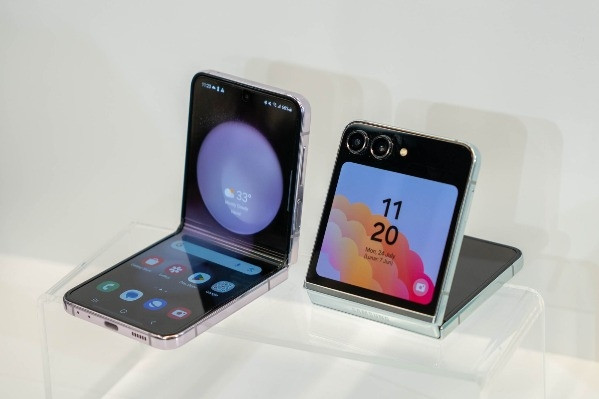
Source


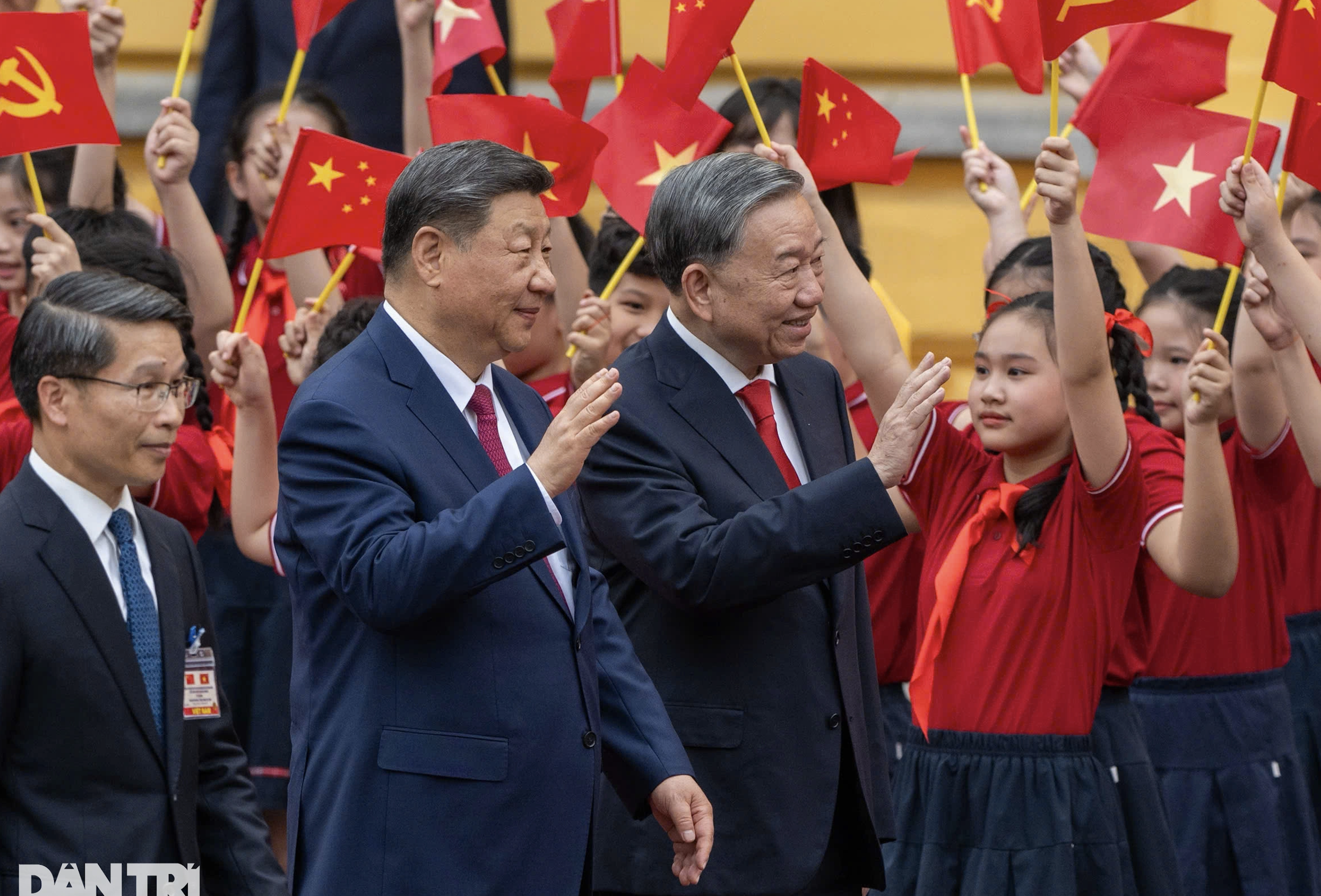
![[Photo] Prime Minister Pham Minh Chinh receives Chairman of Commercial Aircraft Corporation of China (COMAC)](https://vstatic.vietnam.vn/vietnam/resource/IMAGE/2025/4/14/93ca0d1f537f48d3a8b2c9fe3c1e63ea)
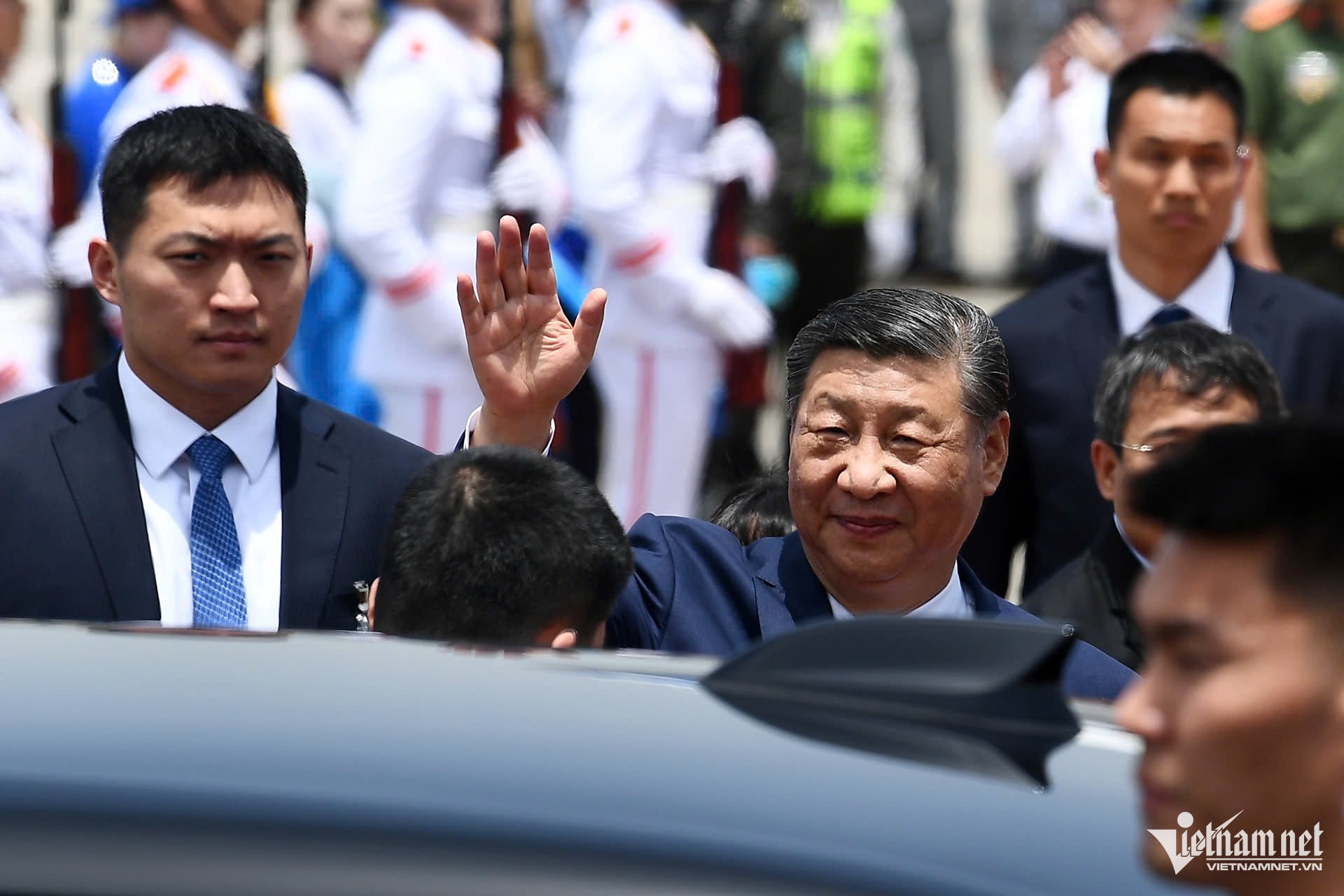
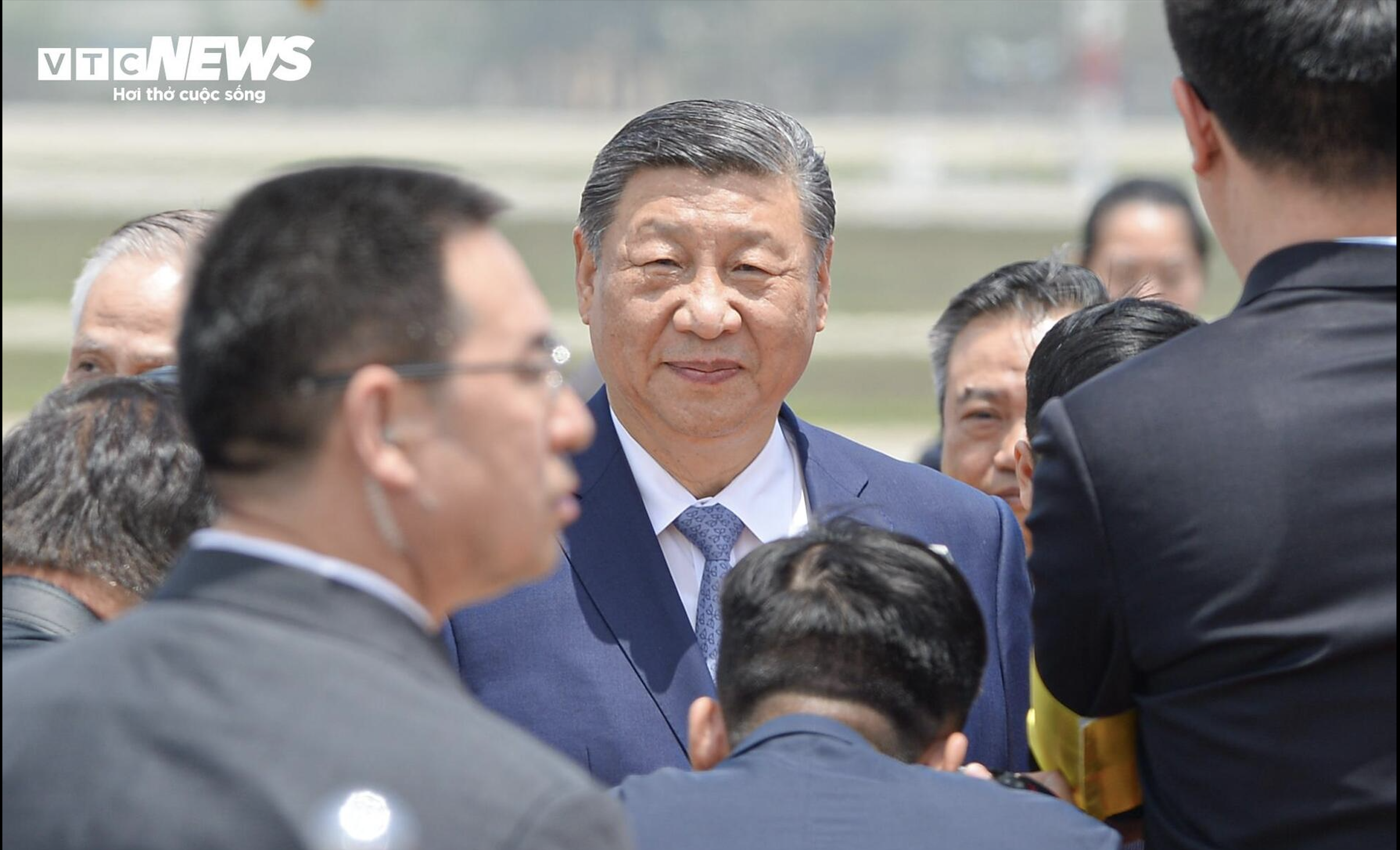
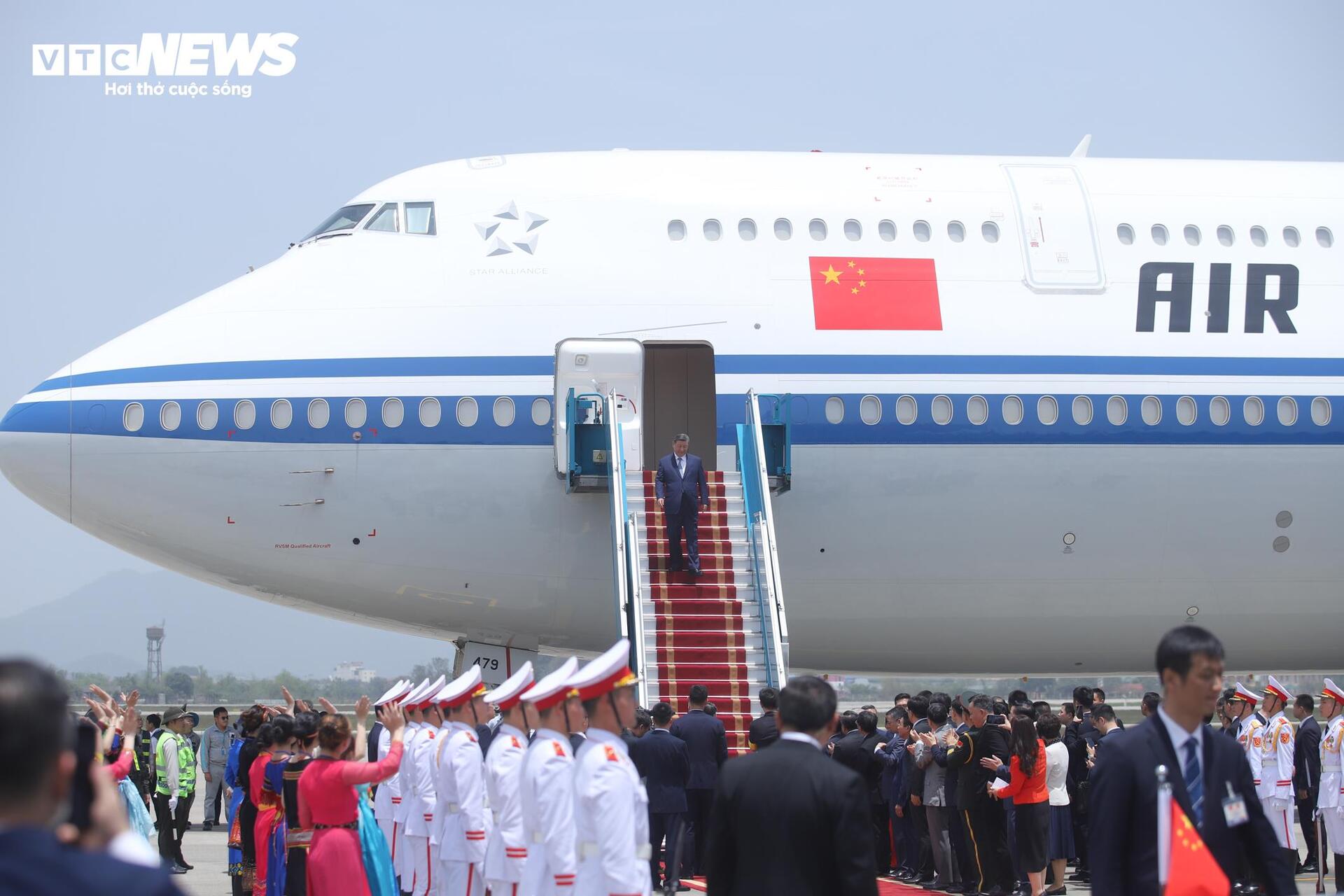
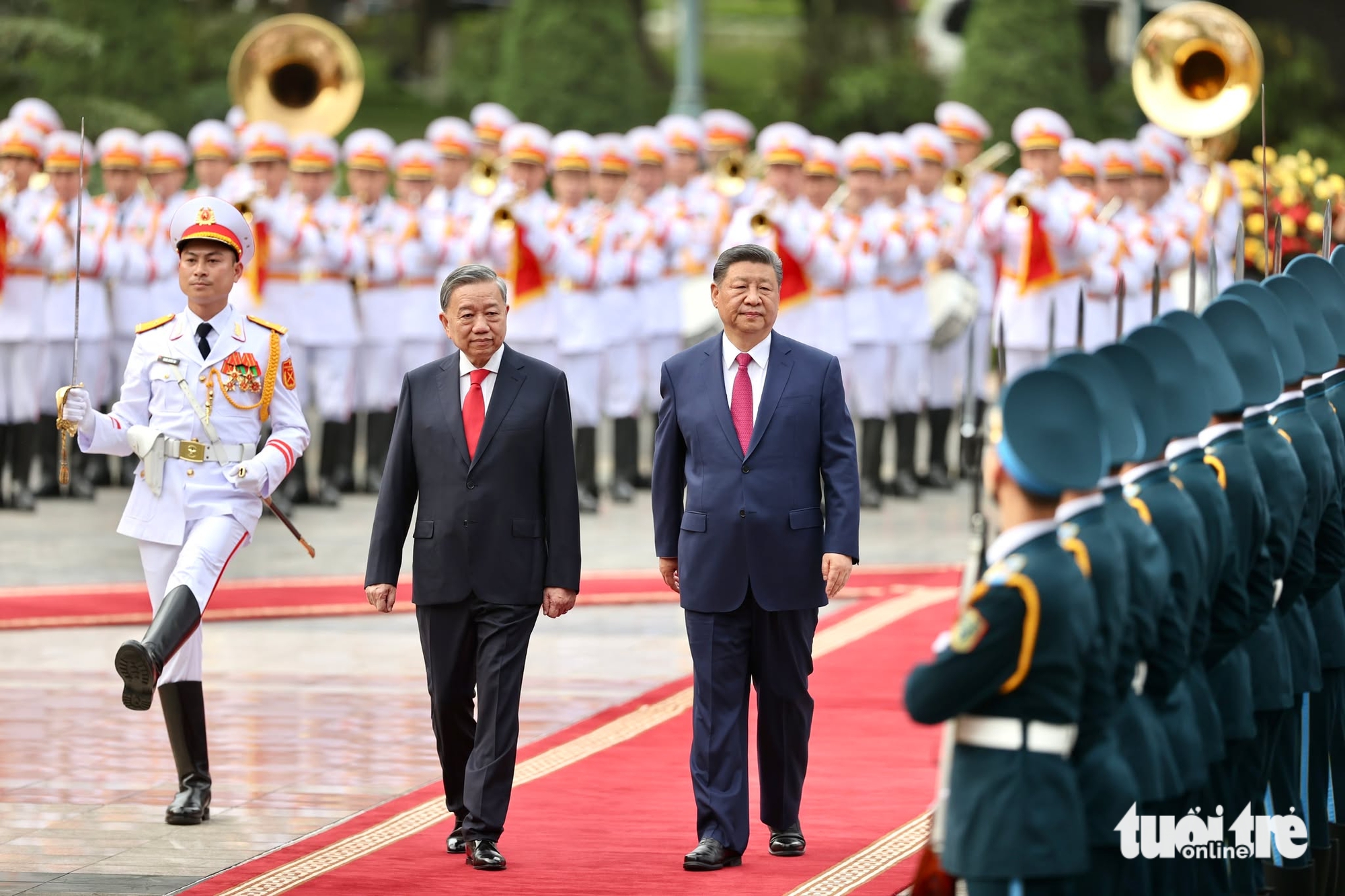





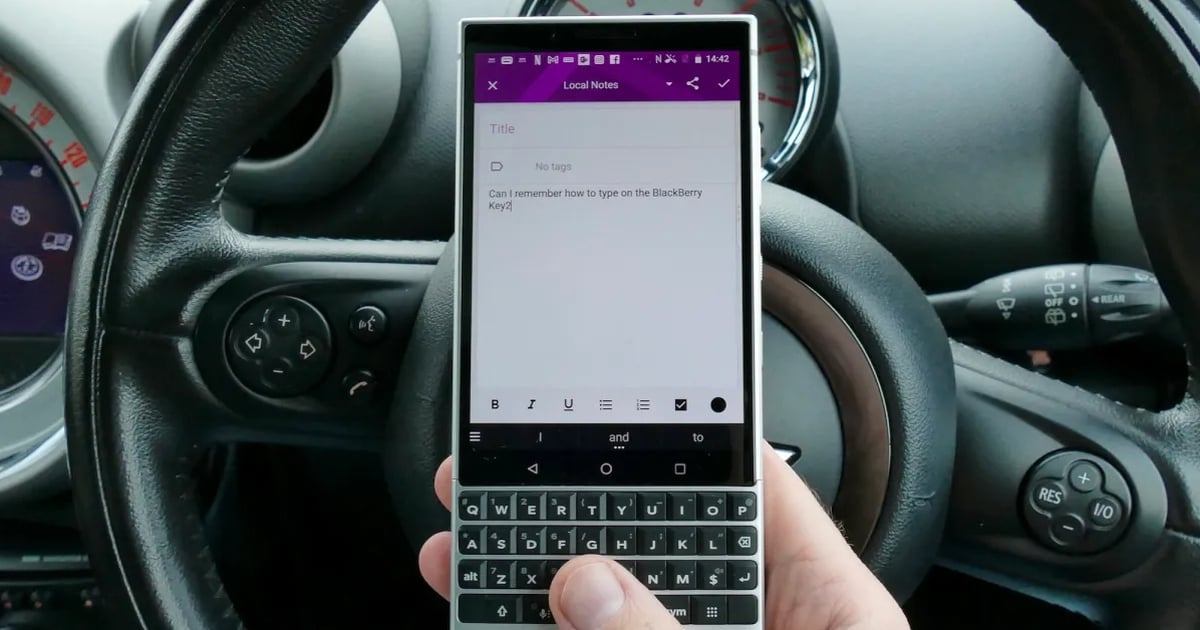



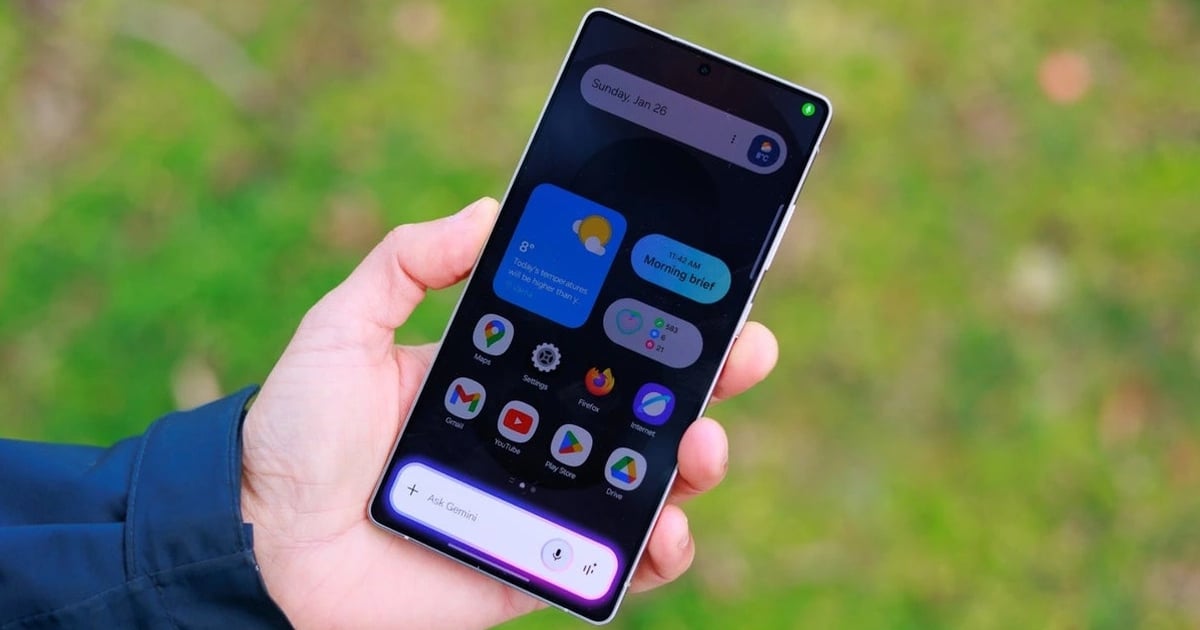



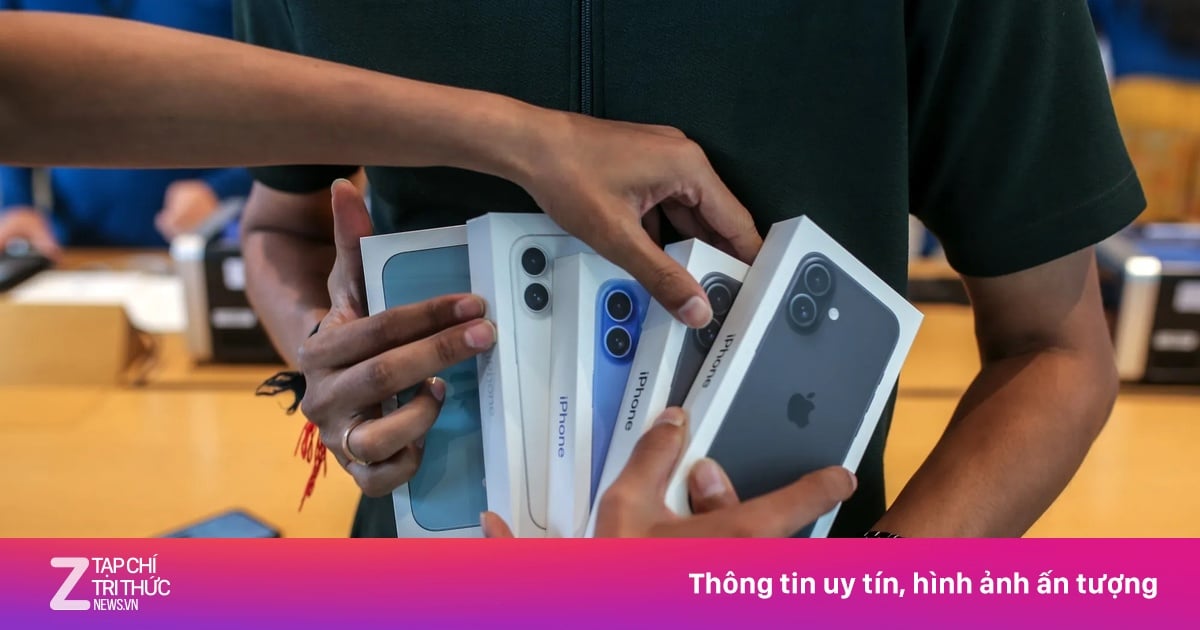

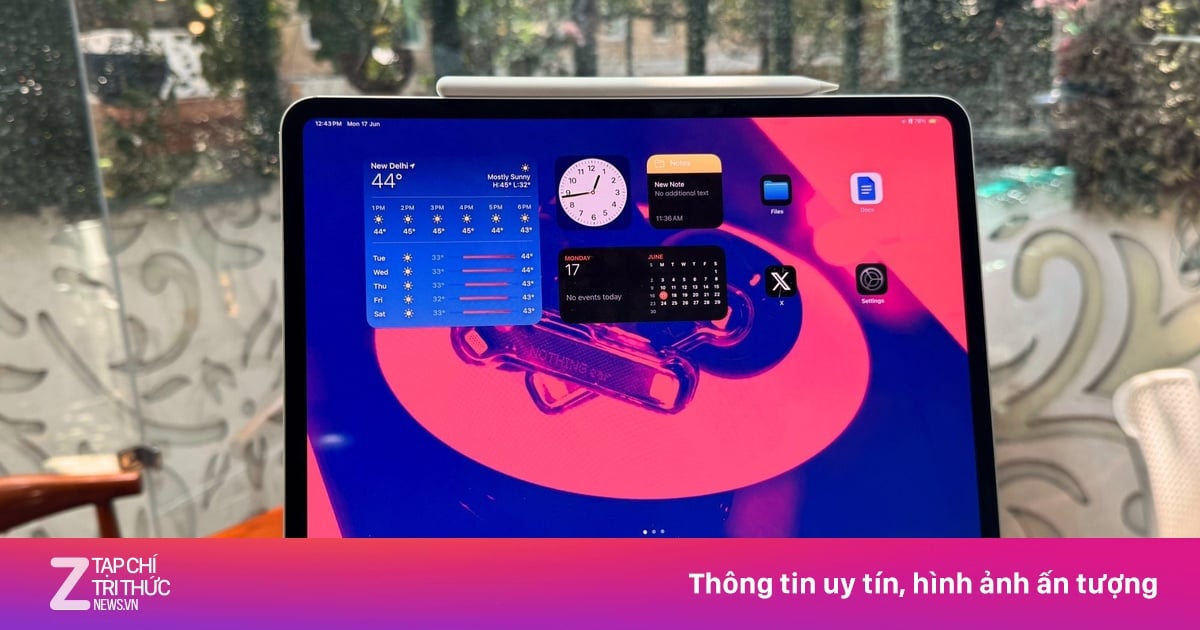
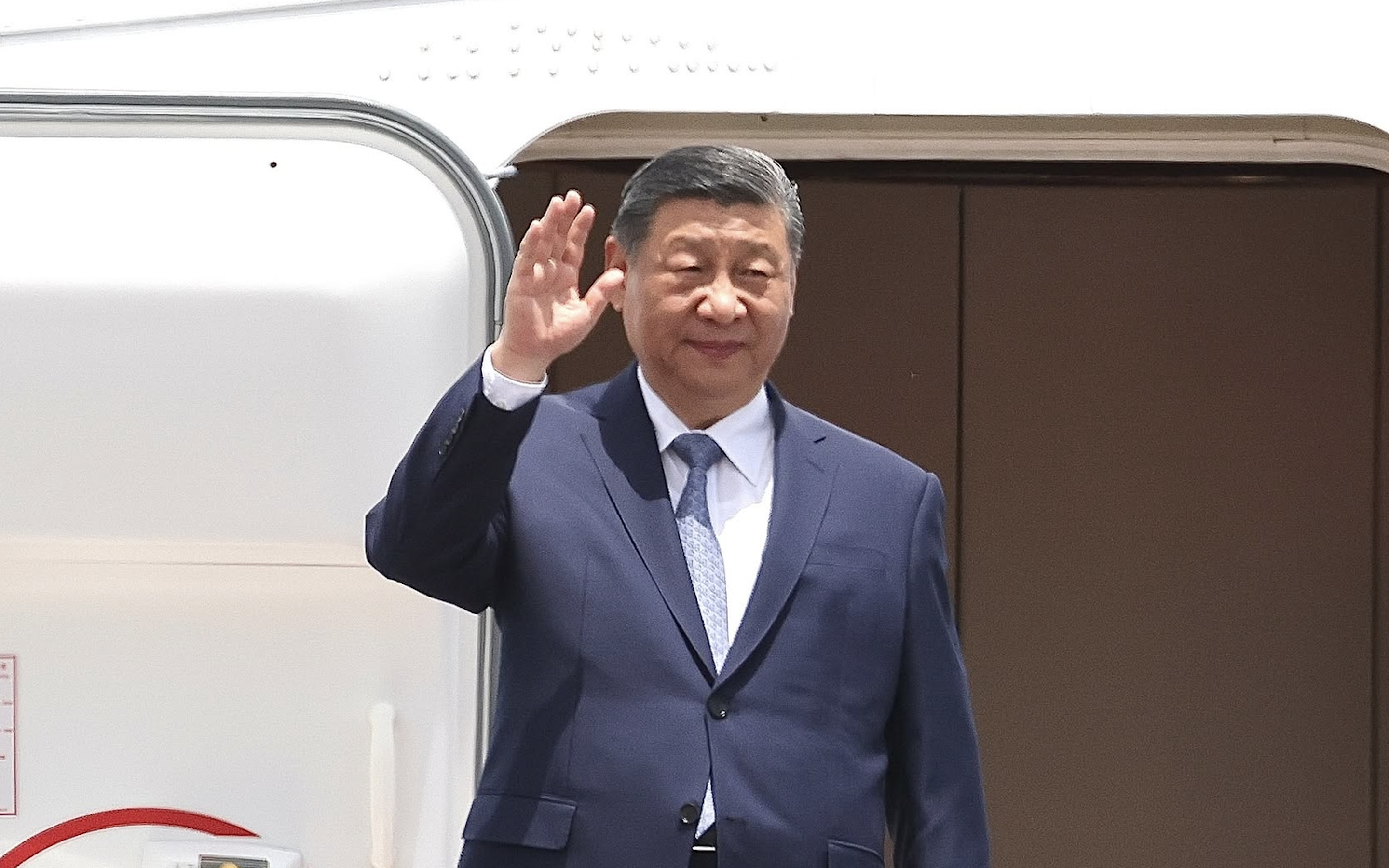


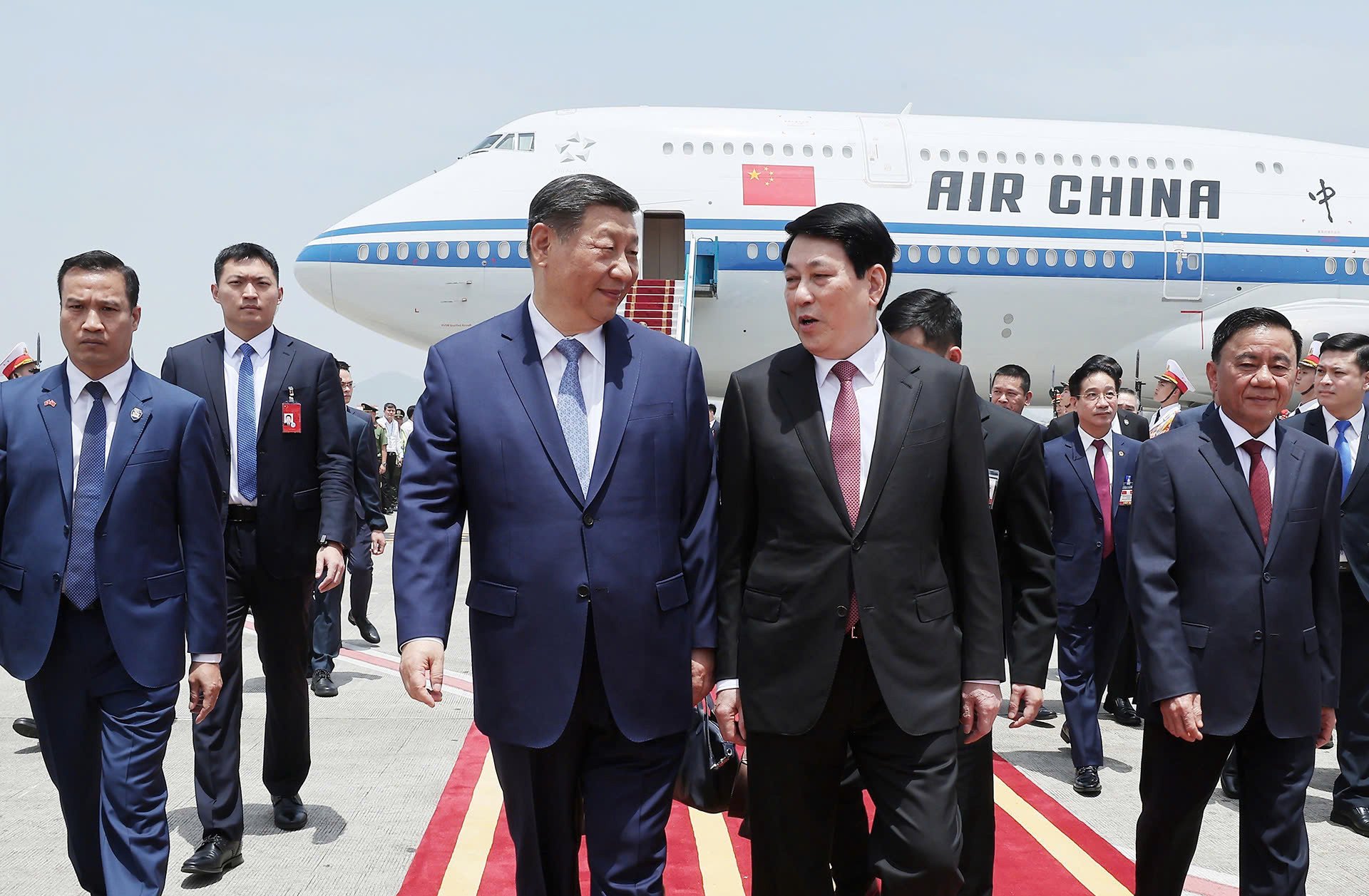



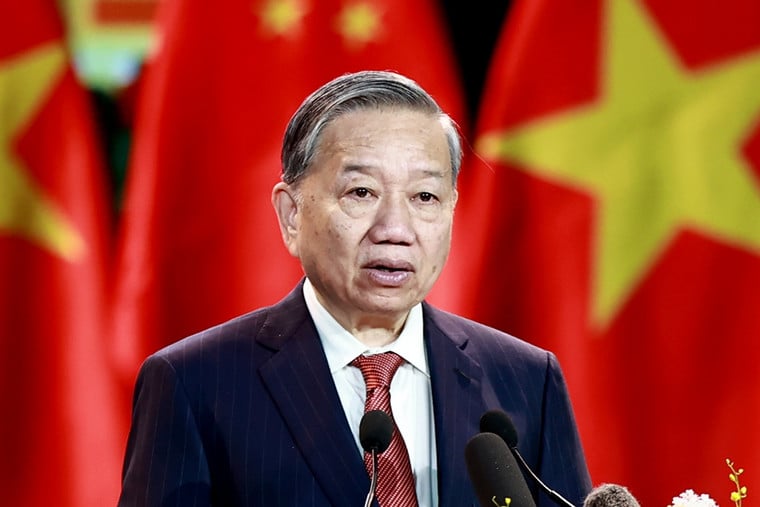

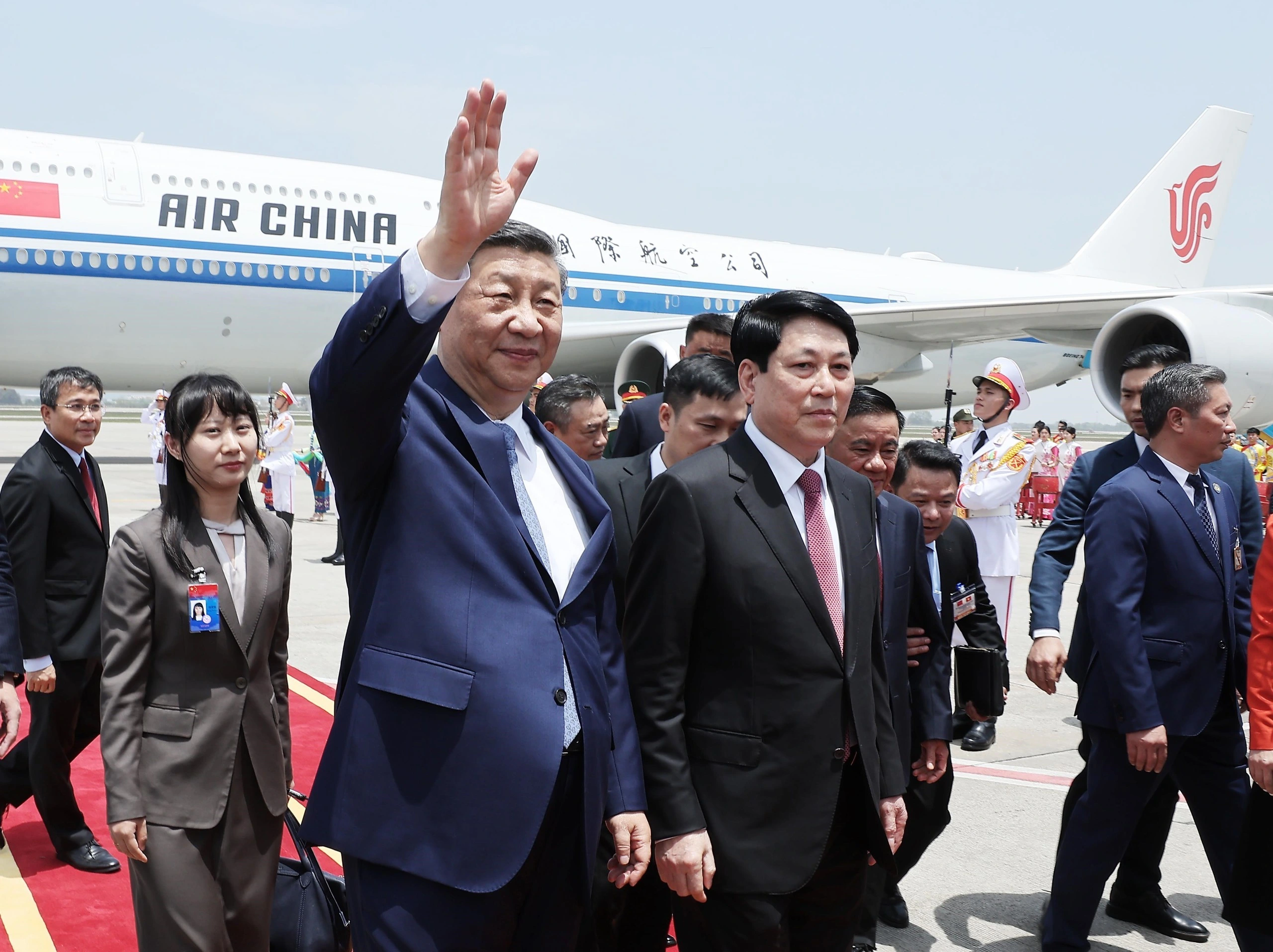






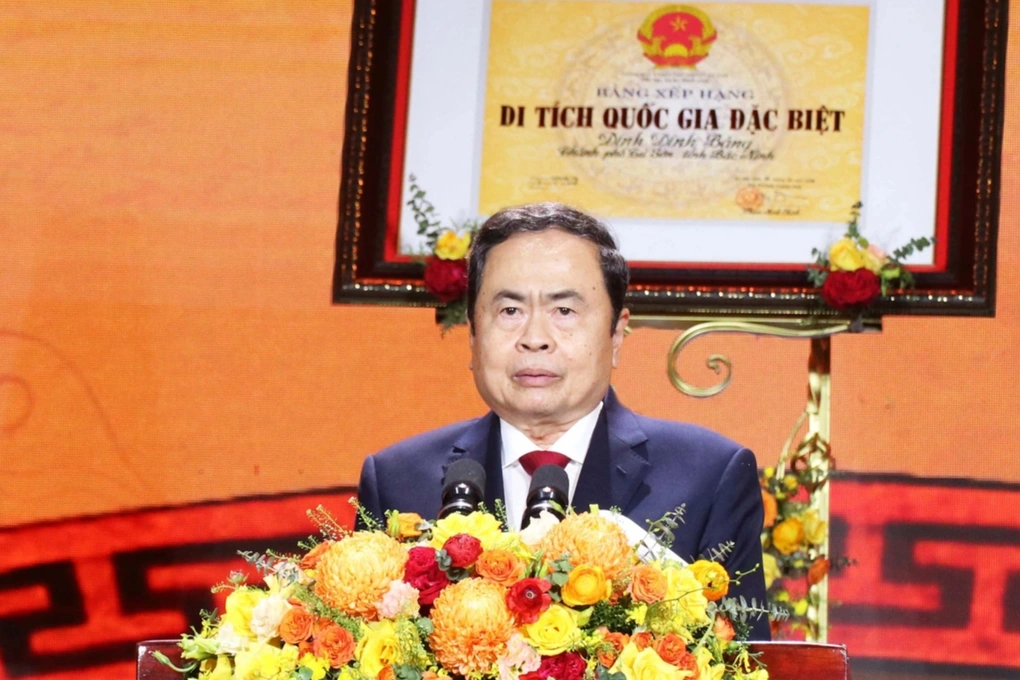

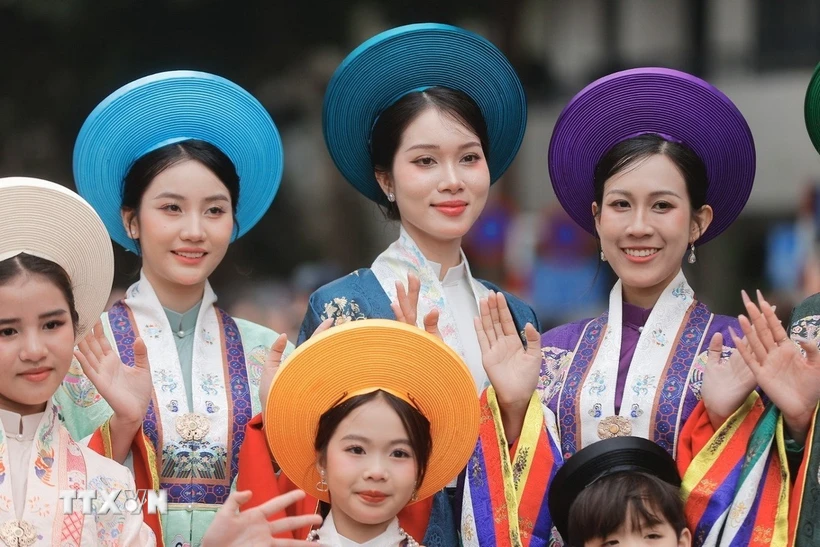



















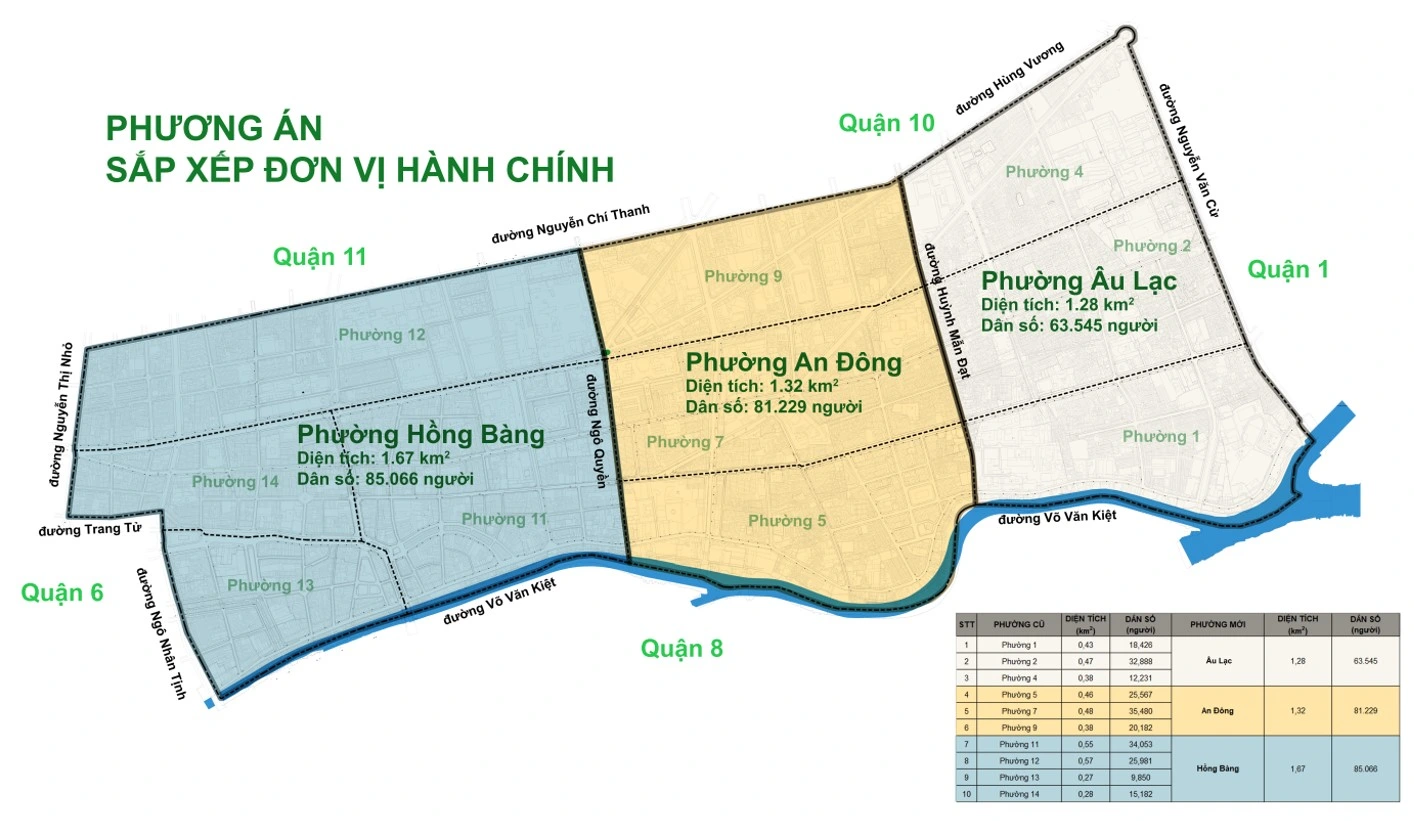


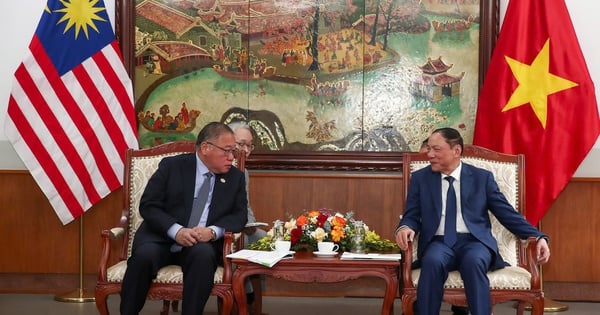
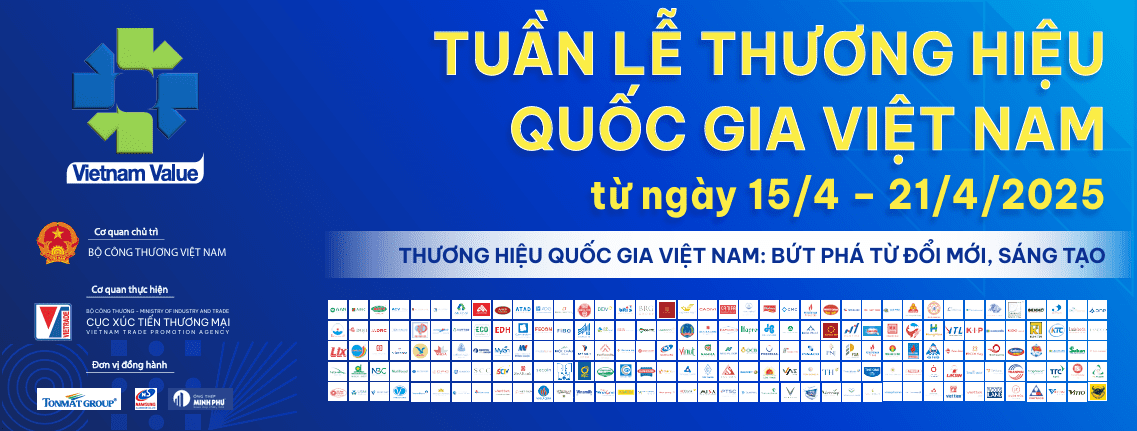






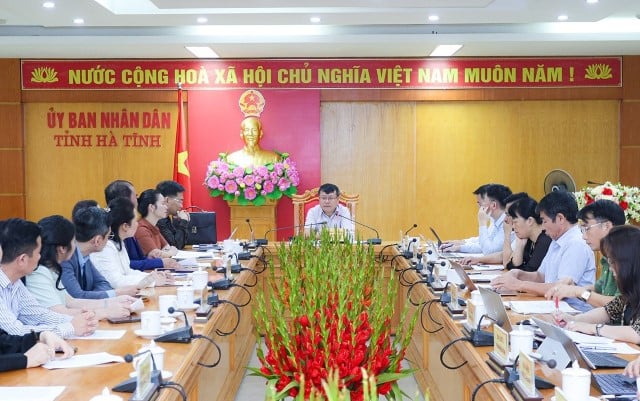
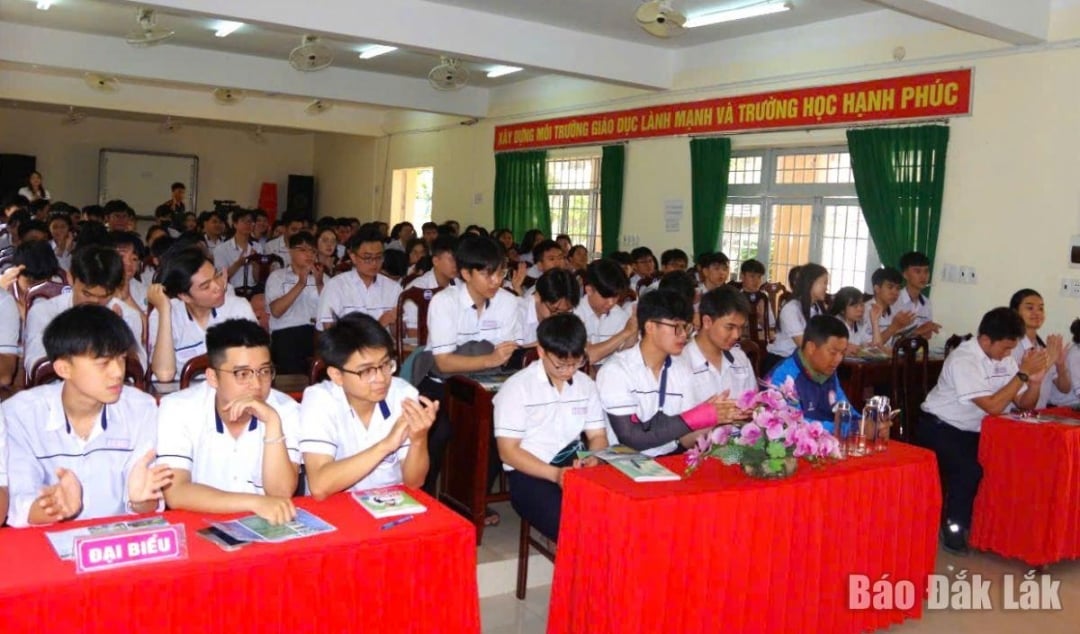
















Comment (0)